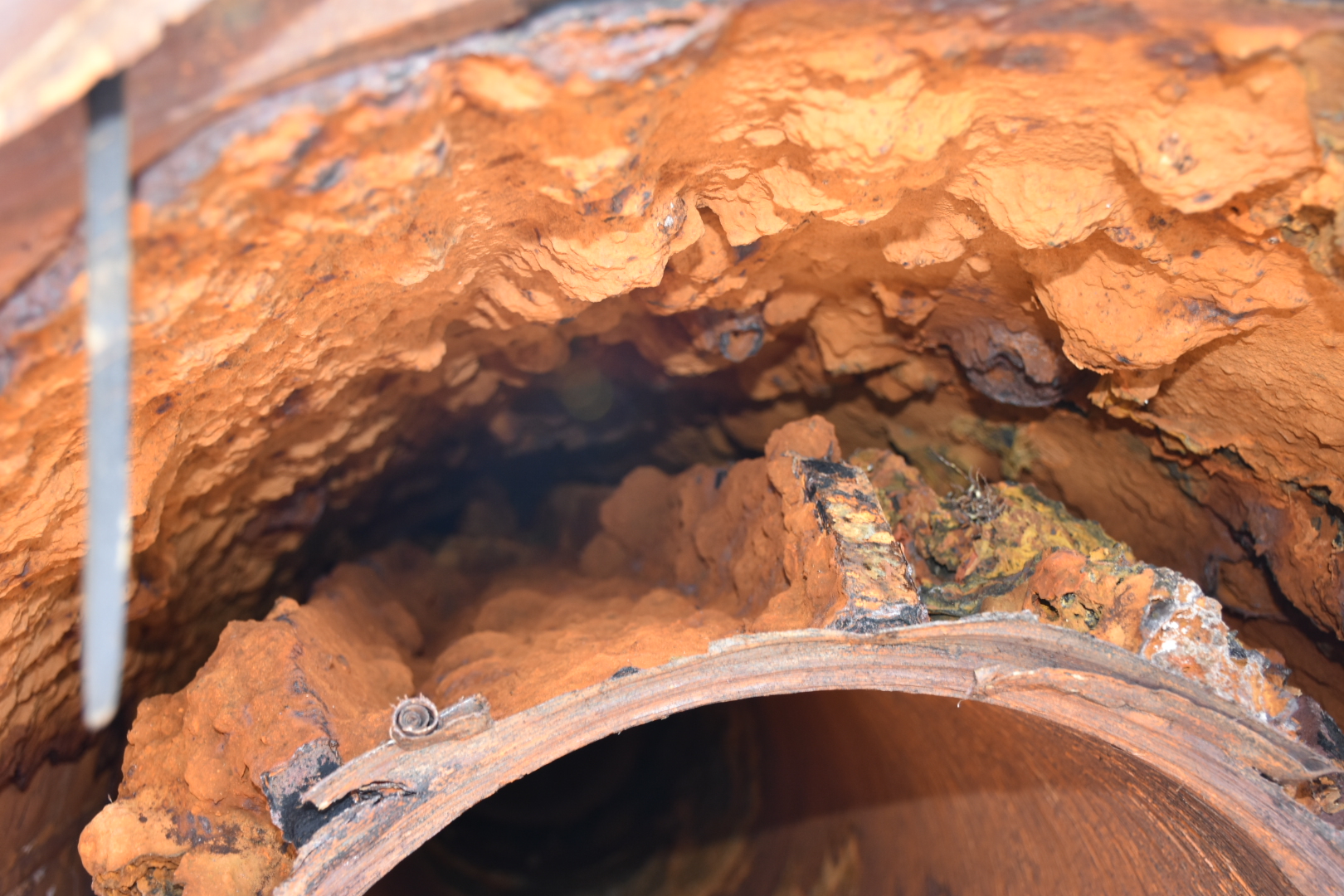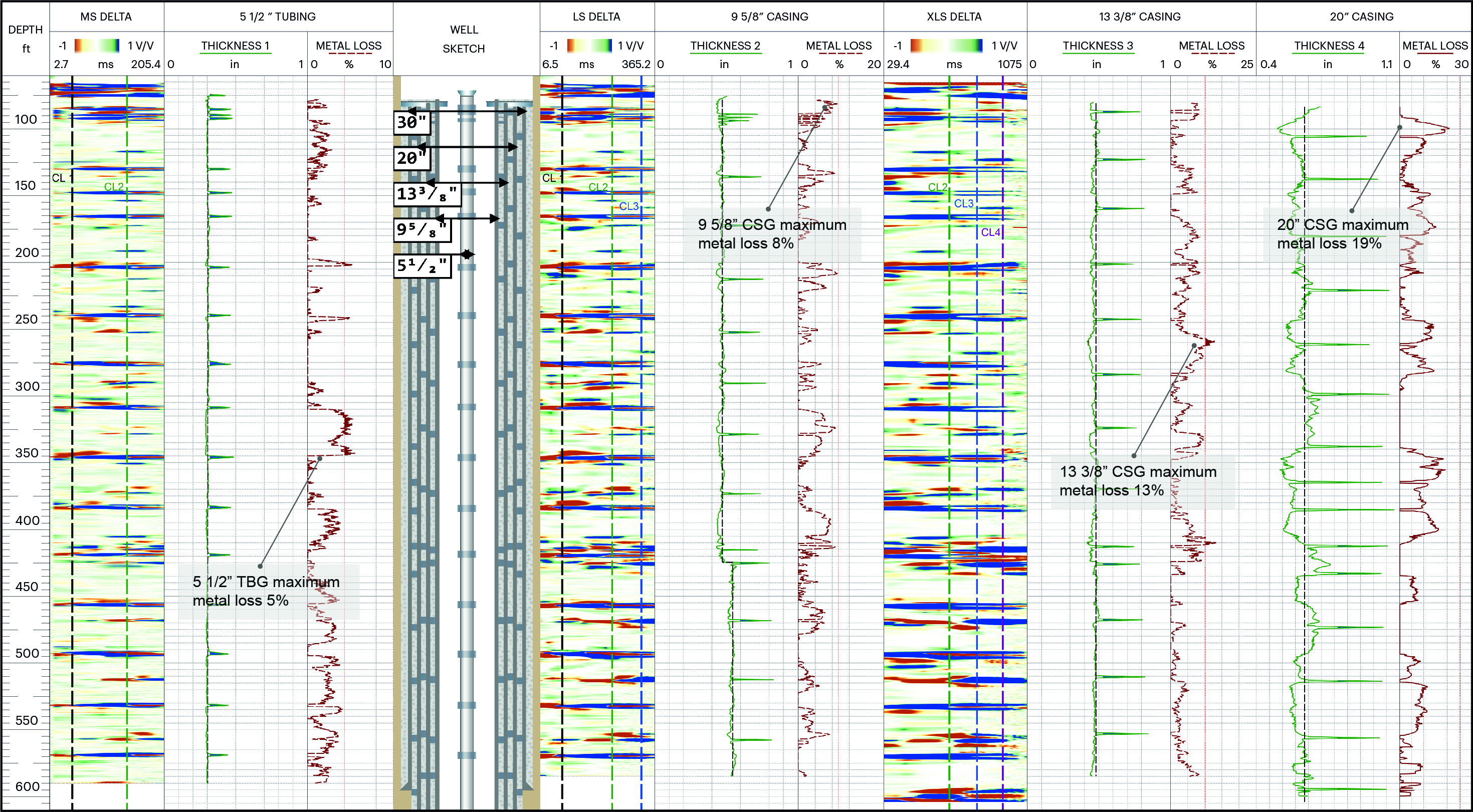Article featured in Oilfield Technology
For all plug and abandonment applications, either permanent or for slot recovery, the sealing performance of well system components needs to be assured, and remain intact.
Well systems are complex and need to work perfectly to perform safely, cleanly, and productively. Understanding the condition and sealing performance of well system barriers can be challenging once the well has been brought onstream and access to these elements and components is restricted.
Current mainstream technologies only provide partial answers, leading to an incomplete assessment. However, through-barrier diagnostics look at the well system in a far more holistic and uncompromising way. These technologies have the capability of seeing through multiple barriers to provide a more complete picture of the condition of the metal tubulars and the flow around them to see if the seals are holding, prior to plug and abandonment.
In the case of permanent abandonment, natural barriers that prevent the movement or migration of downhole fluids, must be restored. And the performance of the well system barriers must remain intact indefinitely.
In the case of slot recovery, the well components must be in good enough condition to be used again for the upcoming production cycle.
A comprehensive integrity assessment is required for either scenario.

